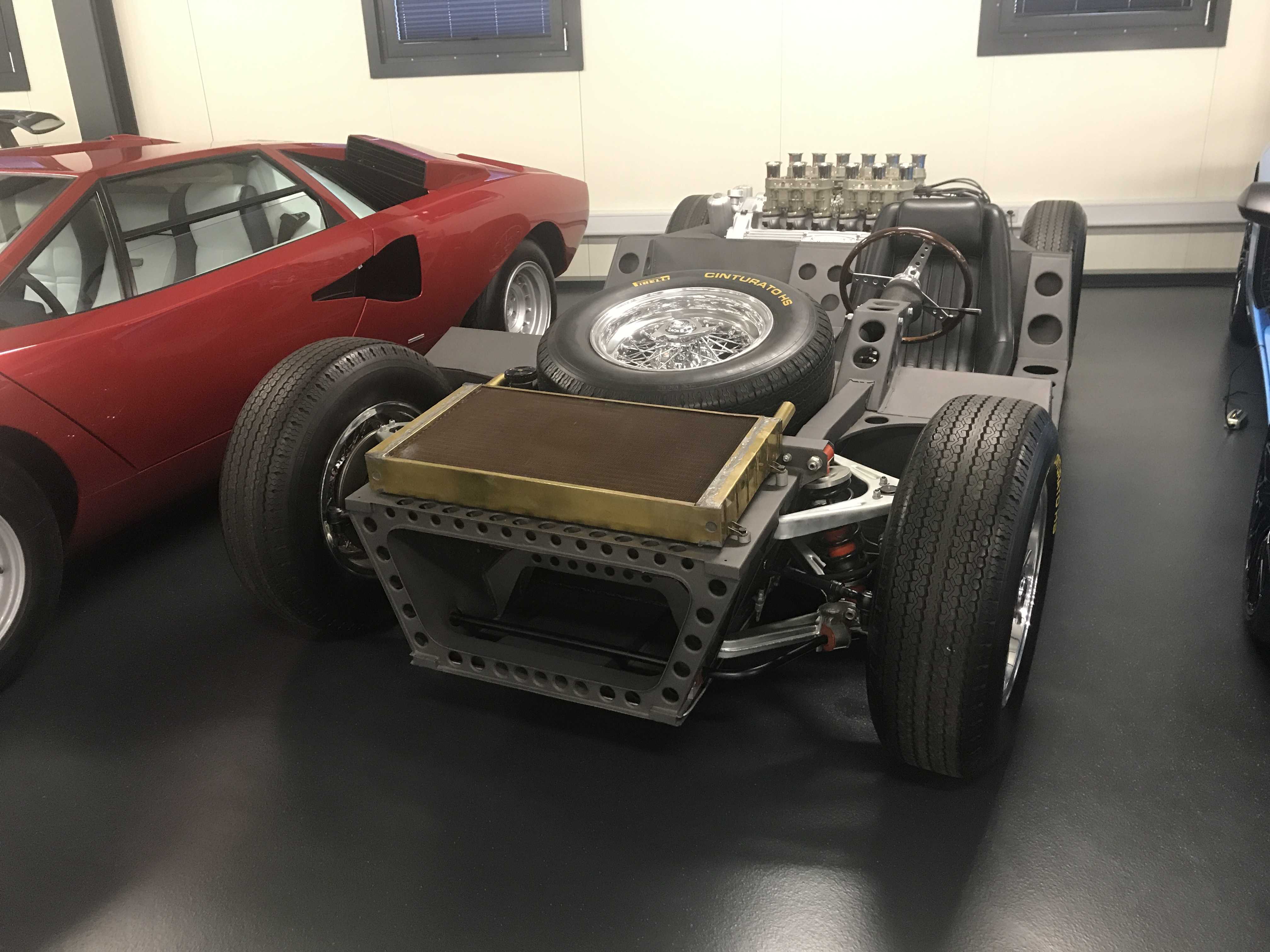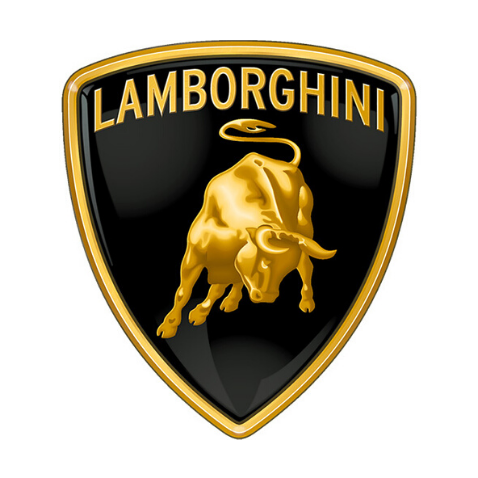1966 Lamborghini Miura Chassis

The descriptions of the Classic Cars in the Directory were partly generated or supplemented with the help of artificial intelligence (AI). The content may occasionally not always be entirely accurate or factually correct despite careful checking.
The Lamborghini Miura Chassis 1966 is a groundbreaking supercar that set the standard for high-performance automobiles. Its chassis is a masterpiece of engineering, incorporating advanced design principles that allowed the car to achieve unheard-of levels of speed and cornering ability.
At the heart of the Miura's chassis is a tubular frame made from high-strength steel. This frame was designed to be as light as possible while still providing a rigid structure that could handle the incredible forces generated by the car's powerful engine and high-speed driving. The frame's center section is incredibly narrow, allowing the car to be very low and sleek while also providing ample room for the driver and passenger.
The front suspension is of a dual-wishbone design, with coil springs and hydraulic shock absorbers. The rear suspension is a fully independent setup, with double wishbones and coil springs, along with an anti-roll bar to help keep the car stable in high-speed corners. The suspension is fully adjustable, allowing for a wide range of customization to suit individual driving styles and environments.
The Miura's braking system is equally impressive, with powerful four-piston calipers at all four wheels. The brake discs are vented and cross-drilled to dissipate heat quickly, ensuring consistent stopping power even under the most demanding driving conditions. The car also features a dual-circuit hydraulic braking system, which provides a level of redundancy and safety not found in many other high-performance vehicles of its time.
Under the hood, the Lamborghini Miura Chassis 1966 is powered by a 4.0-liter V12 engine. This engine was designed specifically for the car, and is mounted longitudinally behind the passenger compartment, providing excellent weight distribution and a low center of gravity. The engine produces 350 horsepower at 7,000 rpm, and is mated to a five-speed manual gearbox that sends power to the rear wheels.
The result of all of these technical details is a car that is simply breathtaking to drive. The Lamborghini Miura Chassis 1966 is incredibly agile and responsive, with lightning-fast acceleration and razor-sharp handling. It is a true icon of the automotive world, and remains one of the most sought-after and revered supercars of all time.
Milestones
- 1965: Ferruccio Lamborghini commissions Gian Paolo Dallara and Paolo Stanzani to design a new supercar that would surpass the capabilities of the current Lamborghini 400 GT - November 1965: Dallara and Stanzani present their initial design proposal for the Lamborghini Miura - March 1966: First Miura chassis is produced in Turin by Carrozzeria Bertone - April 1966: Miura prototype is unveiled at the 1966 Geneva Motor Show, stunning audiences with its sleek and radical design - June 1966: First Miura test drive takes place, revealing exceptional performance and handling - October 1966: Lamborghini Miura is officially launched to the public at the Turin Auto Show, becoming an instant sensation - 1967: Production of the Miura begins, with chassis and engines produced at the Lamborghini factory in Sant'Agata and final assembly completed at Bertone's facility in Turin - 1968: The Miura becomes the fastest production car in the world, with a top speed of 171 mph - 1969: The Miura P400S is introduced, featuring a number of improvements including a more powerful engine and revised suspension - 1971: The Miura SV (Super Veloce) debuts, featuring numerous upgrades and improvements that make it the most powerful and refined Miura yet produced - 1973: Production of the Miura comes to an end, with a total of 764 units built over six years.Technical
• The Lamborghini Miura chassis was designed by Gianpaolo Dallara in 1965.• It was made up of a central steel tubular space frame with aluminium front and rear sub-frames.
• The suspension system consisted of double wishbones, coil springs and telescopic dampers.
• The front suspension featured unequal length wishbones, while the rear was a double-wishbone design.
• The braking system comprised of four-wheel ventilated discs, with the front discs measuring 11.8 inches and the rear discs measuring 10.2 inches.
• The car was powered by a mid-mounted V12 engine, which was mounted longitudinally.
• The chassis was designed to be lightweight yet strong, weighing in at just 132 pounds.
• It featured a low profile design, with a ground clearance of just 5.9 inches.
• The wheelbase of the chassis measured 98.4 inches, while the overall length was 172.2 inches.
• The Lamborghini Miura chassis was instrumental in establishing Lamborghini as a leading manufacturer of high-performance sports cars.
